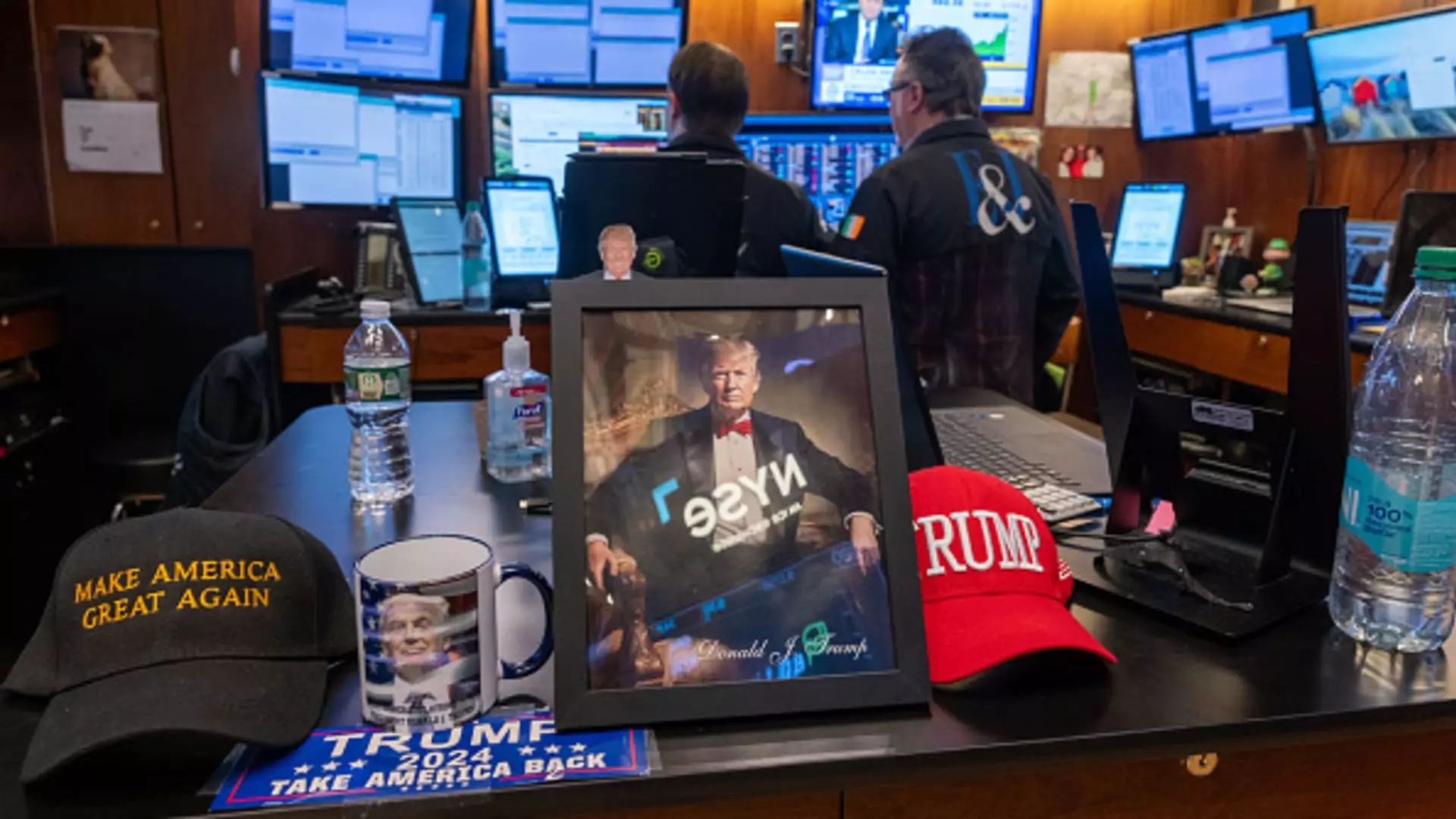In the landscape of American politics, incoming administrations tend to create ripples that affect the economy at large, impacting everything from taxation to consumer prices. With Donald Trump’s recent re-election, the nation finds itself bracing for the fiscal policies that might stem from his second term in office. Tracing the contours of his previous campaign promises and executive actions, we begin to see a clearer picture of how these could affect American households.
Upon assuming office, President Trump wasted no time in enacting a series of executive orders aimed at reviewing regulatory measures and trade policies. Such rash moves hint at the administration’s intent to push forward a particular economic agenda that centers around reducing taxes and stimulating growth. However, these executive actions alone are insufficient for significant transformation; they will require Congressional support to materialize effectively. This dual-layered approach creates both hope and uncertainty in financial markets as various legislative hurdles could potentially stall or even derail expected initiatives.
One of the most contentious aspects of Trump’s economic plan revolves around tariffs. While tariffs are often touted as a means to protect American industries, their implications for consumer pricing are anything but straightforward. During his campaign, Trump pledged aggressive tariffs on imports—10% across the board, with heavier levies directed at goods from China and North America. Analysts are skeptical about the concrete effects of these tariffs on prices and see them as a double-edged sword; while they could shield domestic industries, they might inflate consumer prices as businesses pass these extra costs down the line. The uncertainty surrounding the administration’s next moves regarding tariffs adds another layer of complexity, with many having anticipated a coherent strategy but instead witnessing an indecisive back-and-forth approach.
A focal point in Trump’s proposed fiscal plans has been the expiration of various tax breaks that were integral to the Tax Cuts and Jobs Act (TCJA). Come 2026, if Congress fails to act, a significant number of American taxpayers could see their liabilities increase dramatically—an alarming prospect, especially amid rising concerns regarding the national deficit that is projected to exceed $1.9 trillion this year. With escalating debt levels, the pressure on lawmakers to forge a consensus on tax extensions while addressing long-term fiscal sustainability mounts. Critics argue that Trump’s bold promises to eliminate certain taxes—such as those on tips and Social Security—could exacerbate the financial strain on the federal budget, thus invigorating debates over the viability of such reforms.
Healthcare funding has emerged as another contentious issue in the dialogues that shape America’s financial framework under Trump. The recent proposals have included massive cuts to Medicaid, which could retrench access to healthcare for millions. At the same time, future healthcare expenditures under the Affordable Care Act (ACA) face significant uncertainty without Congressional renewal of undergirding subsidies. This shifting landscape can lead to unpredictable individual healthcare costs, potentially alienating voters reliant on such benefits. Economic analysts note that these developments could carry profound implications for consumer spending, stifling growth if unexpected healthcare-driven expenses suddenly arise.
One area poised for change is the consumer finance sector, particularly credit cards. Trump has championed a proposal for a temporary interest rate cap of 10% on credit card debt. While this could offer immediate relief to consumers—especially those dangling under heavy interest burdens—experts caution that such measures could deter financial institutions from extending credit, creating a ripple effect that thereby limits consumer purchasing power. The dynamic interplay between promoting fiscal relief and ensuring solvency in the credit market represents a delicate balancing act that could define Trump’s economic legacy.
As we embark into this uncertain economic future, experts forecast significant volatility in the markets during Trump’s term. A mélange of proposed policies creates a climate ripe for fluctuation, prompting individuals to be more vigilant about their financial situations. Those invested in the stock market must stay informed about both their assets and liabilities, preparing for potential downturns. Advocates emphasize that understanding one’s financial landscape could alleviate panic and lead to more strategic decision-making during turbulent times.
The roadmap for a second Trump administration is laden with complexity, uncertainty, and potential financial ramifications. While the president has herculean aspirations for revamping America’s economic framework, the actualization of those goals will be anything but straightforward. From tariffs strangling consumer prices to healthcare restructuring impacting middle-class wellness, the socio-economic fabric of America stands at a precipice, awaiting the unfolding of policy decisions in the months ahead.

